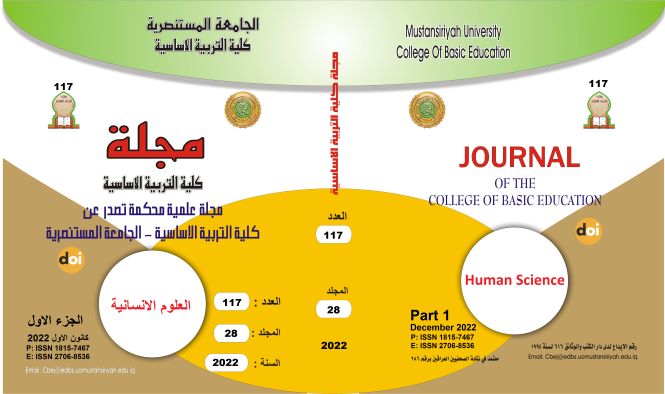Attention deficit hyperactivity disorder in slow learners Research extracted from a master's thesis))
Main Article Content
Abstract
The aim of the current research is to identify:
1.The level of attention deficit hyperactivity disorder among slow learners (research sample).
2 .Statistically significant differences for attention deficit hyperactivity disorder according to the sex variable among slow learners (research sample(.
In order to achieve the goals, it was necessary to have a tool to measure attention deficit hyperactivity disorder, as the researcher adopted (Charles, 2019) & Louisiana scale, expressed by (Salem, 2020) for attention deficit hyperactivity disorder and approved by the Help Center for the Middle East and North Africa as it is the closest to the current research as it is The scale in its initial form of (24) items, and after verifying the psychometric properties of the research scale and its paragraphs, it was applied to the basic research sample of (76) male and female students of slow learning who were chosen by the intentional way, after they were diagnosed with an accurate diagnosis to represent them for the original research community. A true representation and after analyzing the data statistically using the Statistical Package for Social Sciences (SPSS), the results showed the following:
1.The slow learners have a level of attention deficit hyperactivity disorder.
2.There are no statistically significant differences in attention-deficit/hyperactivity disorder according to the gender variable.
Article Details

This work is licensed under a Creative Commons Attribution-ShareAlike 4.0 International License.
